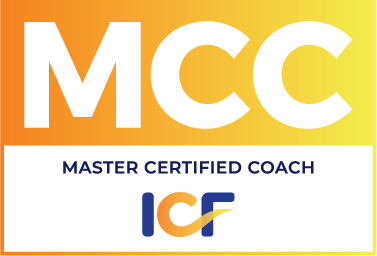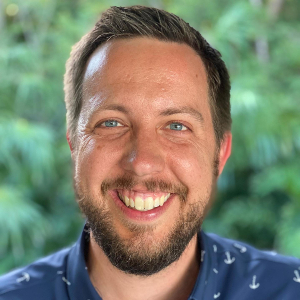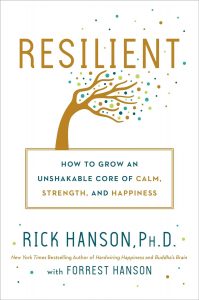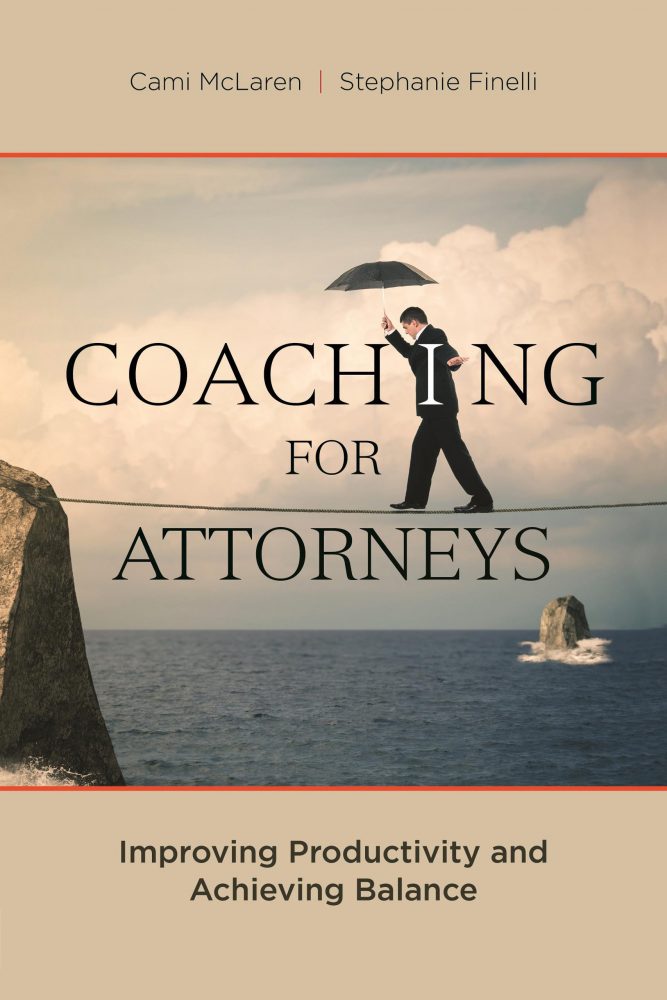What do you Want & How will you get it?
“Would you tell me, please, which way I ought to go from here”
“That depends a good deal on where you want to get to,” said the cat.
“I don’t much care where…” said Alice.
“Then it doesn’t matter which way you go,” said the cat. (Alice in Wonderland, Lewis Carroll)
After finishing my trust-building blog series, I have been reflecting on what to offer you next. I aim my blogs at my primary client base — attorneys — and yet it is my intention to write blogs that are accessible and relevant to other people as well. I considered what would be a simple tool that I could relay that would assist attorneys in private practice or in firms, and other people moving toward a dream, goal or specific outcome, to achieve what they most want. Then it came to me — the Well-Formed Outcome.
The Well-Formed Outcome (WFO) is one of the most basic tools used in coaching to assist people in moving toward their outcomes. It is a neuro-linguistic programming (NLP) concept, based on the premise that once we are very clear WHAT we want, the getting it becomes far easier. It is simple and powerful.
“The more precisely and positively you can define what you want, and the more you program your brain to seek out and notice possibilities, the more likely you are to get what you want. Opportunities exist when they are recognized as opportunities.” (Introducing NLP, O’Connor & Seymour.)
There are several basic elements to laying out what you want. Here are a few:
1. What do you want?
2. Is the outcome specific?
3. How will you know when you have achieved your outcome?
4. Is the outcome of an appropriate size?
What do you Want?
In this blog, I will give you guidance on stating what you want. In future blogs I will cover more elements of the Well-Formed Outcome, defining and moving toward what you want. So now take the important first step – find a goal, dream or outcome that you would like to manifest. Get it in your mind, because we will be working on it over the next several blogs.
State it in the Positive
Step one: take a moment now and state the goal. Answer the question, “What do I want?” with regard to this one outcome. The first tip is this – state it in the form of what you DO want and not what you do NOT want. Positivity is important. Our minds (and the universe) do not respond to the word “don’t.”
It’s understandable that many of us find it much easier to identify what we have that we wish we did not have. But in order to move forward, we must identify what forward is. There is a premise that we get what we focus upon. If we state our goals in terms of what we do not want, we are focused on the problem. When we state our goals in terms of what we do want, we are focused on the solution, the path ahead. When we focus on what we DO want, we will start to see it much more clearly and as a result, we will begin to see the opportunities arising to obtain what we want.
For example, imagine that my office is cluttered. Imagine that this is beginning to really bug me. Now, imagine what I focus on is that I HATE clutter and the office is driving me crazy. Every day I come in to my office and I say oh-my-god-this-is-awful-how-can-I-live-like-this-work-like-this-this-is-driving-me-nuts! And I continue to focus on it in this way. What do I want? To be clutter-free. Not to have such a mess. To not have to look at all this stuff! Notice how the central object in each statement, which you can hear has emotion in it, is the clutter, the mess, the stuff. Now imagine I work with my coach and she asks me the following:
- What do you want?
- What will it look, sound and feel like for you when you have what you want?
- Close your eyes and picture what it will be like for you.
How Will I Know When I Have it? (State it in Sensory-Terms)
The next tip is to state your outcome in sensory-based terms — what will you see, hear and feel when you have it? You may also ask what will you smell and taste, if that is appropriate.
Now I can describe what I want in my office. I start to SEE open spaces, containers, labels, organized and free space; I start to FEEL peace and relaxation and energy to start my workday; and I can HEAR in my head an internal conversation of pleasure and satisfaction.
Take a moment now and write down what you want, stated in the positive and with the sensory indicators – see, hear, feel. The more fully you imagine and describe it, the more your brain can rehearse it and notice opportunities to achieve it. This is another tip – it is useful to commit what you want to writing. The more you state it, write it down and talk about it, the more you will focus on and move toward it. Be very specific and detailed in your description. Likely there will be a physical sensation as you describe it in specific detail, as your mind and body begin to experience having what you want. This is another NLP premise — imagination and memory run the same neural pathways. Imagining in detail affects our brain and body as if we have already experienced what we want.
What is the Context (Where, When, With Whom?)
As you are describing the outcome you want, be sure to answer these questions as well:
Where will I be when I have it?
When do I want to have it?
Who will be involved?
This will give you a higher level of specificity in your description.
Ask yourself any other questions that will assist you in painting a very clear and specific picture. Write all this down and keep it before you. In my next blog I will discuss more factors to assist you in achieving what you want.







